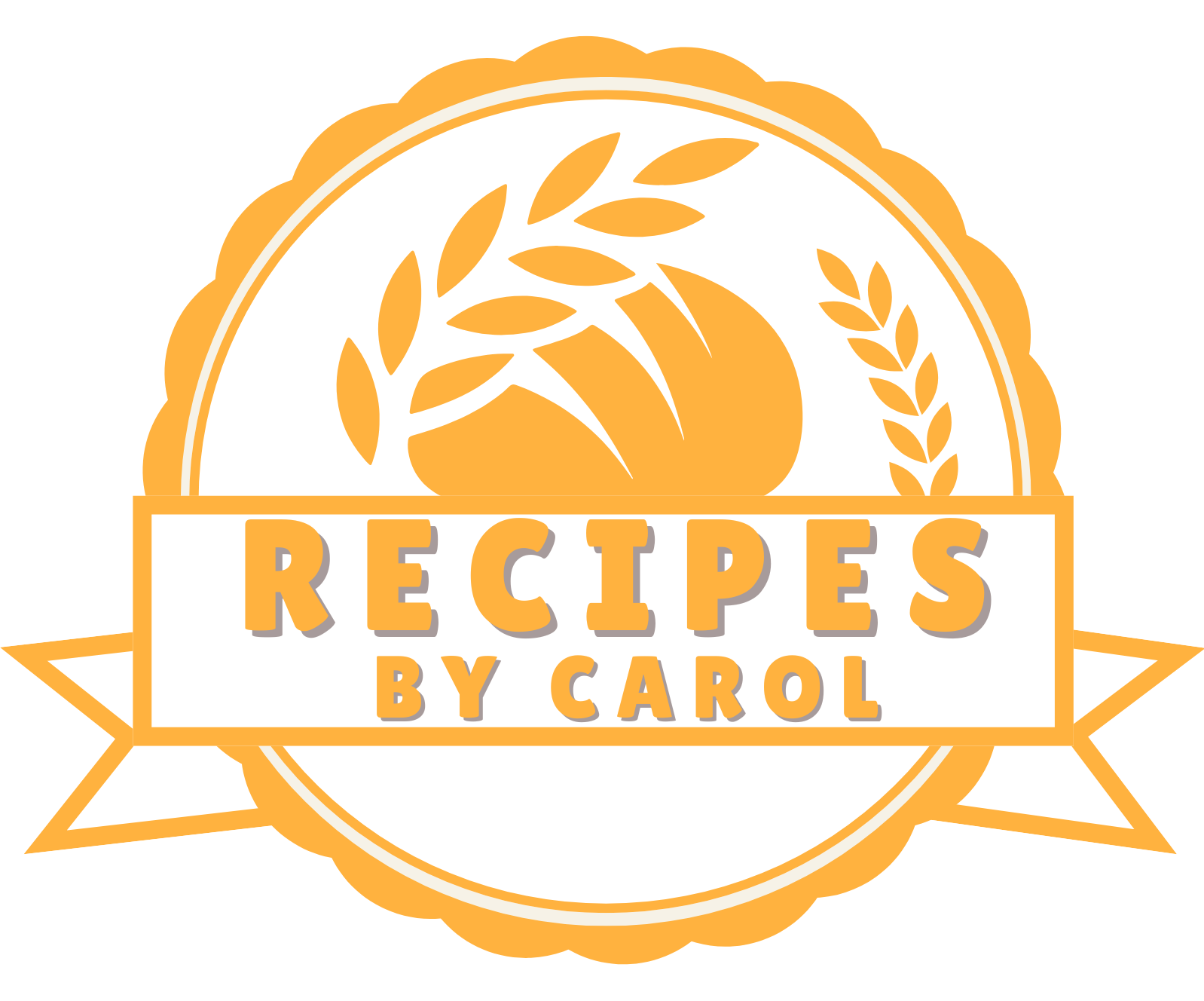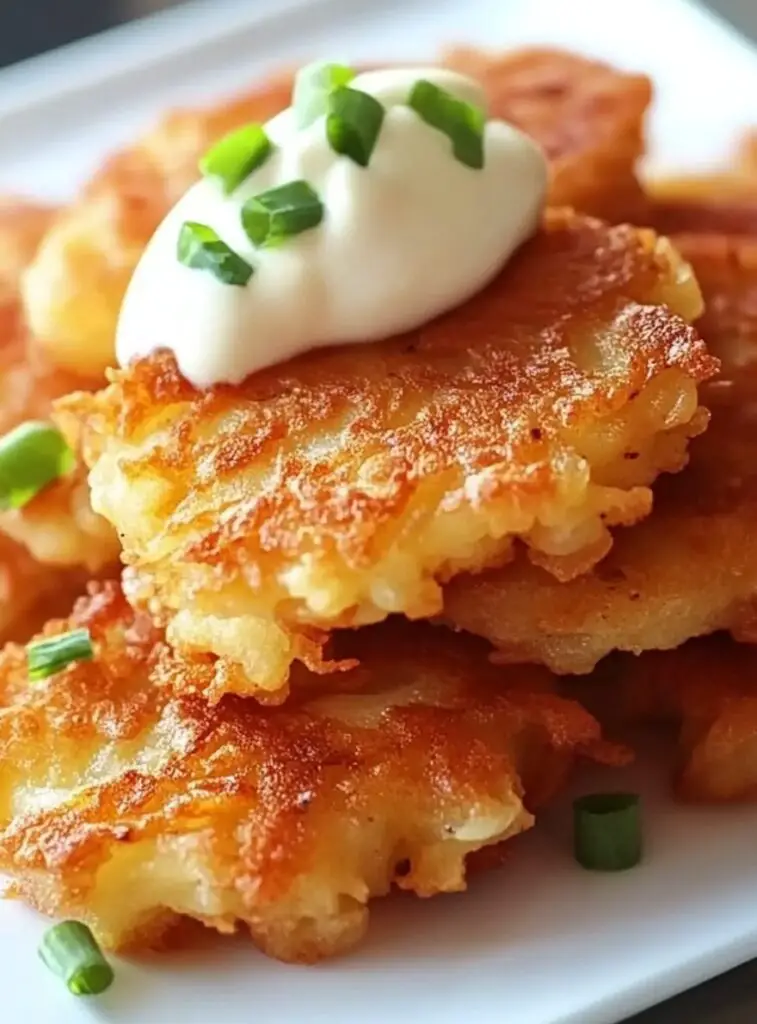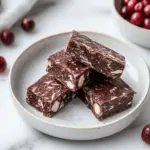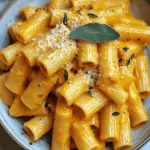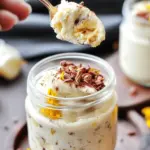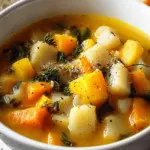Potato Latkes are a beloved dish traditionally associated with Hanukkah but enjoyed year-round for their crispy, golden-fried perfection. Made with simple ingredients like grated russet potatoes, onions, and seasonings, these latkes achieve the perfect balance of a lacy, crunchy exterior and a soft, creamy interior. Top them with applesauce, sour cream, or modern alternatives like smoked salmon for a delightful twist.
Ingredients:
- 4 cups grated russet potatoes
- 1 medium onion, grated
- 2 large eggs, beaten
- 1/4 cup all-purpose flour
- 1 teaspoon salt
- 1/2 teaspoon black pepper
- 1/2 teaspoon baking powder
- Vegetable oil for frying
Directions:
- Prepare the Mixture: Place the grated potatoes in a clean kitchen towel and wring out as much liquid as possible. Transfer to a mixing bowl.
- Add the grated onion, beaten eggs, flour, salt, pepper, and baking powder to the potatoes. Mix thoroughly until well combined.
- Heat the Oil: In a large skillet, heat 1/4 inch of vegetable oil over medium-high heat until it shimmers.
- Shape the Latkes: Scoop about 2 tablespoons of the mixture per latke and flatten it slightly between your palms.
- Fry: Carefully place the latkes into the hot oil, frying them in batches to avoid overcrowding the pan. Cook each side for 3-4 minutes until golden brown and crispy.
- Drain and Serve: Transfer the cooked latkes to a paper towel-lined plate to drain excess oil. Serve immediately with your preferred toppings.
Nutrients (Per Serving):
- Calories: 120 kcal
- Protein: 3g
- Carbohydrates: 17g
- Fat: 4g
- Fiber: 2g
- Sodium: 320mg
Enjoy these crispy, golden potato pancakes as a delicious treat for any occasion!
The Delightful Allure of Potato Latkes
Potato latkes, those crisp and golden-fried delights, hold a cherished place in culinary tradition and are celebrated globally for their versatility and rich cultural significance. While their roots are deeply tied to Jewish cuisine and the festival of Hanukkah, these savory pancakes have transcended religious and cultural boundaries to become a beloved comfort food enjoyed by people of all backgrounds. Whether served as a festive dish or a casual snack, potato latkes offer an irresistible combination of texture and flavor that continues to win hearts worldwide.
The Historical Roots of Latkes
The history of latkes is as rich as their taste. The dish’s association with Hanukkah originates from the miracle of the oil that burned for eight days in the ancient Holy Temple of Jerusalem, despite there being only enough oil for one day. To commemorate this event, foods fried in oil became traditional for Hanukkah celebrations.
Interestingly, the earliest versions of latkes were not made with potatoes. Before the widespread introduction of potatoes in Europe during the 16th century, latkes were prepared with cheese or other starches like buckwheat or rye. When potatoes were introduced, particularly in Eastern Europe, they quickly became the preferred ingredient due to their affordability, availability, and compatibility with frying. This evolution solidified the potato latke as a staple of Hanukkah cuisine.
A Symphony of Texture and Flavor
The beauty of potato latkes lies in their simplicity. At their core, latkes are made from grated potatoes mixed with a handful of basic ingredients to form a cohesive batter. The magic happens during frying, where the mixture transforms into a lacy, golden pancake with a crispy exterior and a tender, creamy interior. This contrast in textures is a defining characteristic of a well-made latke.
Seasoning plays a vital role in elevating the flavor of latkes. A balance of salt and pepper enhances the natural taste of the potatoes, while the addition of onions adds a subtle sweetness and depth. Some recipes incorporate baking powder to give the latkes a slightly lighter texture, making them even more delightful.
The Art of Frying
Frying latkes to perfection is an art that requires a few essential techniques. The potatoes must be grated and then drained thoroughly to remove excess moisture, ensuring the batter binds well and fries evenly. Achieving the right temperature for the oil is also crucial; it should be hot enough to crisp the latkes without burning them. When done correctly, frying imparts a rich, golden color and a satisfyingly crunchy bite.
Latkes are traditionally fried in vegetable oil to honor the symbolism of the Hanukkah oil, but some cooks experiment with other oils like sunflower or peanut for slight variations in flavor. Regardless of the oil used, the frying process imbues the latkes with a delightful richness that pairs beautifully with a range of toppings.
A Canvas for Creativity
While the traditional recipe remains beloved, potato latkes have also become a canvas for culinary creativity. Modern variations include sweet potato latkes, zucchini latkes, and even those made with root vegetables like parsnips and carrots. Some adventurous cooks add herbs like dill or parsley for a fresh twist, while others mix in cheese for an indulgent upgrade.
Toppings are another area where latkes invite innovation. Traditional accompaniments include applesauce and sour cream, each offering a contrasting flavor profile—sweet and tangy, respectively. For a gourmet touch, smoked salmon, crème fraîche, or caviar can be added. Latkes also pair wonderfully with chutneys, salsas, or even a dollop of guacamole, making them suitable for a variety of cuisines.
Beyond Hanukkah: Latkes in Everyday Life
Although latkes are closely associated with Hanukkah, they have become a year-round favorite. Their versatility makes them suitable for any meal, whether as an appetizer, side dish, or main course. They can be served alongside roasted meats, accompanied by fresh salads, or even enjoyed on their own as a satisfying snack.
Latkes also hold a nostalgic appeal for many, evoking memories of family gatherings and holiday traditions. For those who grew up celebrating Hanukkah, the scent of frying latkes can instantly transport them back to childhood kitchens filled with warmth and laughter.
Nutritional Aspects
While potato latkes are undeniably indulgent, they can also fit into a balanced diet when enjoyed in moderation. Potatoes provide a good source of carbohydrates and fiber, while eggs contribute protein. Frying does add fat, but using a high-quality oil and draining excess grease on paper towels can help reduce the calorie count. Additionally, variations with vegetables or whole-grain flours offer a nutrient boost for those seeking a healthier option.
Conclusion
Potato latkes are far more than just a dish—they are a celebration of tradition, a testament to culinary adaptability, and a source of shared joy. Whether you’re honoring the history and symbolism of Hanukkah or simply craving a delicious treat, latkes are a delightful choice that bridges the gap between cultural heritage and modern tastes. Their crisp, golden exterior and tender interior make every bite a textural delight, while their adaptability ensures they remain relevant in kitchens around the world.
From their humble origins to their status as a global favorite, latkes are a timeless dish that continues to bring people together. Whether you stick to tradition or experiment with creative twists, the essence of the potato latke lies in its ability to delight and satisfy, making it a dish to be savored and celebrated for generations to come.
